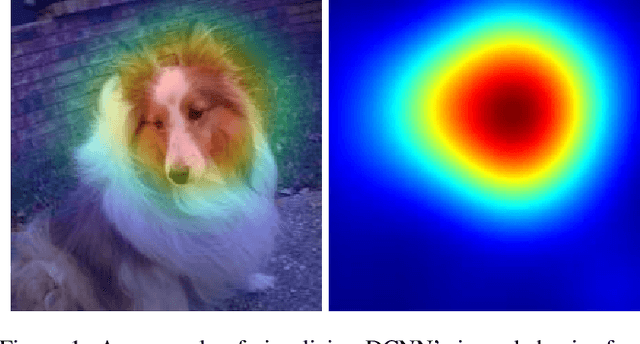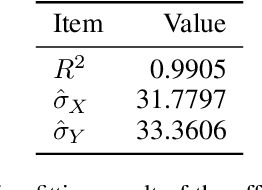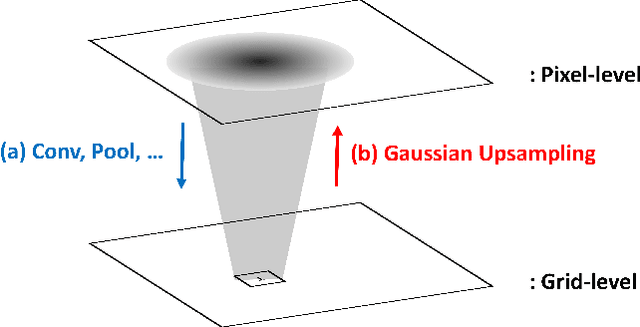Gyogwon Koo
Extending Class Activation Mapping Using Gaussian Receptive Field
Jan 15, 2020



Abstract:This paper addresses the visualization task of deep learning models. To improve Class Activation Mapping (CAM) based visualization method, we offer two options. First, we propose Gaussian upsampling, an improved upsampling method that can reflect the characteristics of deep learning models. Second, we identify and modify unnatural terms in the mathematical derivation of the existing CAM studies. Based on two options, we propose Extended-CAM, an advanced CAM-based visualization method, which exhibits improved theoretical properties. Experimental results show that Extended-CAM provides more accurate visualization than the existing methods.
Selective Distillation of Weakly Annotated GTD for Vision-based Slab Identification System
Oct 09, 2018



Abstract:This paper proposes an algorithm for recognizing slab identification numbers in factory scenes. In the development a deep-learning based system, manual labeling for preparing ground truth data (GTD) is an important but expensive task. Furthermore, the quality of GTD is closely related to the performance of a supervised learning algorithm. To reduce manual work in labeling process, we generated weakly annotated GTD by marking only character centroids. Whereas conventional GTD for scene text recognition, bounding-boxes, require at least a drag-and-drop operation or two clicks to annotate a character location, the weakly annotated GTD requires a single click to record a character location. The main contribution of this paper is on selective distillation to improve the quality of the weakly annotated GTD. Because manual GTD are usually generated by many people, it may contain personal bias or human error. To address this problem, the information in manual GTD is integrated and refined by selective distillation. In the process of selective distillation, a fully convolutional network (FCN) is trained using the weakly annotated GTD, and its prediction maps are selectively used to revise locations and boundaries of semantic regions of characters in the initial GTD. The modified GTD are used in main training stage, and a post-processing is conducted to retrieve text information. Experiments were thoroughly conducted on actual industry data collected at a steelworks to demonstrate the effectiveness of the proposed method.
 Add to Chrome
Add to Chrome Add to Firefox
Add to Firefox Add to Edge
Add to Edge